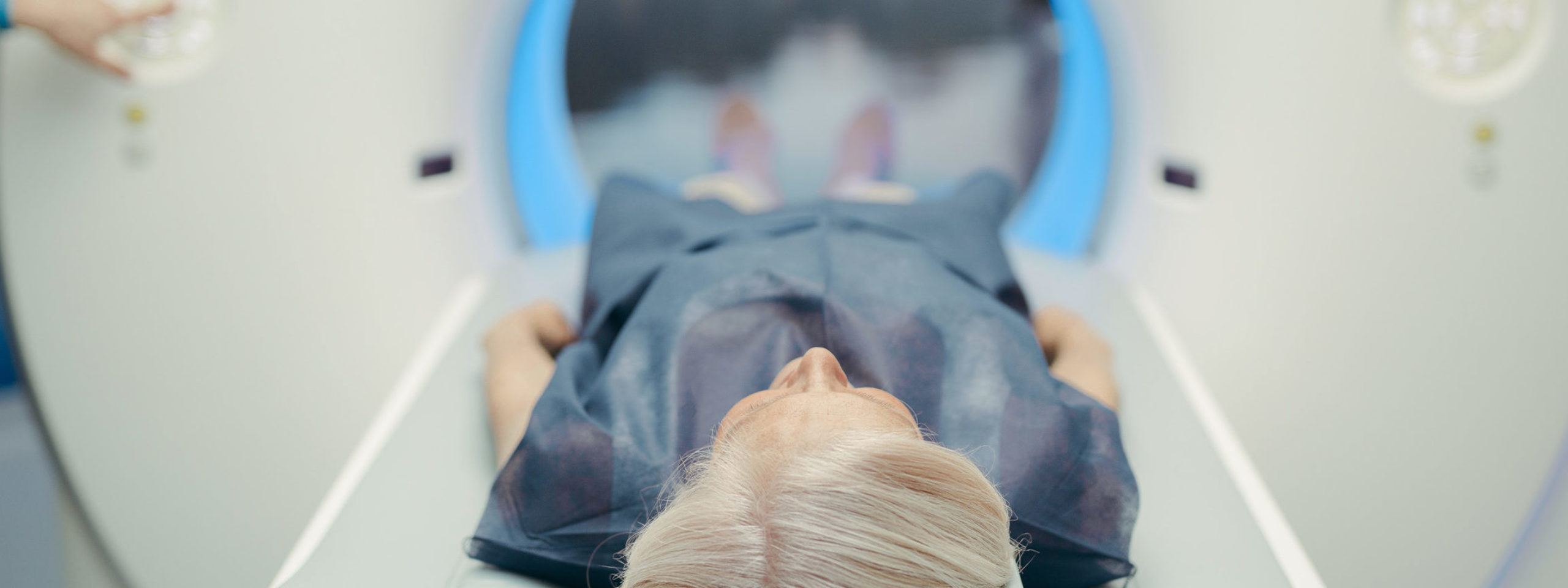A CT (Computed Tomography) scan is a medical imaging scan that uses a thin set of rotating x-rays to produce a digital cross sectional image of the body. To obtain these images an x-ray tube rotates around your body whilst you lie flat down on a moving x-ray table.
There are many different protocols we can perform with variations in the amount of the body covered and the timing of the scan after an injection of contrast if this is used.
Routine examinations include Head, Neck, Chest, Abdomen/Pelvis, Spine and other extremities (such as wrists, hands, legs and feet).
We can do the CT procedure in many different ways, with variations in the amount of the body scanned and the timing of the scan after an injection of contrast, if this is used.
We need to have information about the question which is being asked by your doctor in order for our doctor (radiologist) to work out which is the most appropriate way for you to have the procedure.
For most procedures, you will lie on the CT table on your back, and this may be feet-first or head-first. When the images are being taken, the table will move through the ‘donut hole’ of the scanner so that all of the body part being imaged passes through the centre. You may hear a slight whirring noise, but this is not loud and does not last long. You may have one or more sets of images being acquired. Each one usually lasts less than 1 minute. The appointment times are longer as they include time to drink any liquid that may be required before the scan, insert the cannula, position you correctly on the table and monitor you for 15 minutes post-contrast injection.
Different body parts have different preparations and can have different positioning in the scanner. These include:
- CT Head (including Sinuses, Facial Bones, Dental and Petrous Bones)
- CT Neck
- CT Chest
- CT Abdomen and Pelvis (including urograms)
- CT Spine
- CT Extremities
Are you ready to make your CT (Computed Tomography) Scan appointment?
Our online booking platform allows you to quickly and easily make an appointment online.


